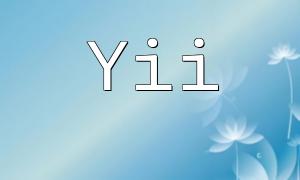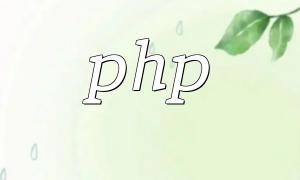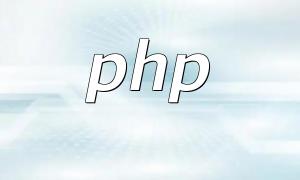When selecting a PHP framework, release frequency is a crucial factor to consider. It reflects the framework’s update activity, maintenance level, and the availability of new features. Below, we analyze three categories—frequent releases, scheduled releases, and infrequent releases—to help you find the best fit for your project.
PHP frameworks that release updates frequently tend to have active communities and rapid version iterations. These frameworks are ideal for projects that require continuous development and fast-paced updates.
Advantages:
Disadvantages:
Representative Frameworks:
Frameworks with scheduled releases focus on balancing stability and innovation. They are suitable for mid- to large-scale projects that require predictable maintenance cycles.
Advantages:
Disadvantages:
Representative Frameworks:
For projects prioritizing maximum stability and minimal updates, infrequently released frameworks are a solid choice. They are often used for legacy or mission-critical systems.
Advantages:
Disadvantages:
Representative Frameworks:
Suppose you’re developing an e-commerce platform that frequently introduces new features. In that case, Laravel or CodeIgniter would be a better fit due to their rapid release cycles and flexibility.
On the other hand, if your project is an enterprise-grade system that prioritizes stability and reliability—such as an internal management or financial application—Symfony or Zend Framework would be a wiser choice.
The release frequency of a PHP framework significantly affects a project’s development rhythm and maintenance cost. Frequently updated frameworks suit fast-paced, innovative projects; regularly released ones are ideal for steady long-term development; and infrequently updated frameworks fit stable, legacy systems. Choosing the right framework depends on your project’s nature, team capabilities, and long-term maintenance goals.









